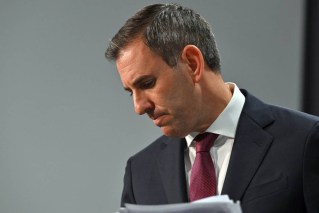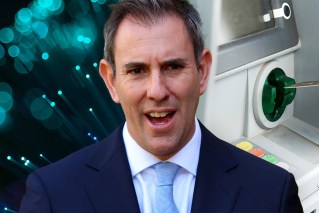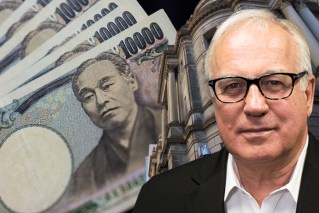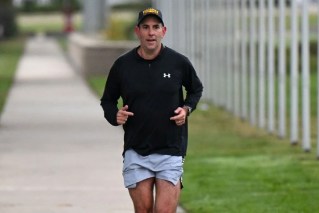Unprecedented: Why this recession is different from the ones before

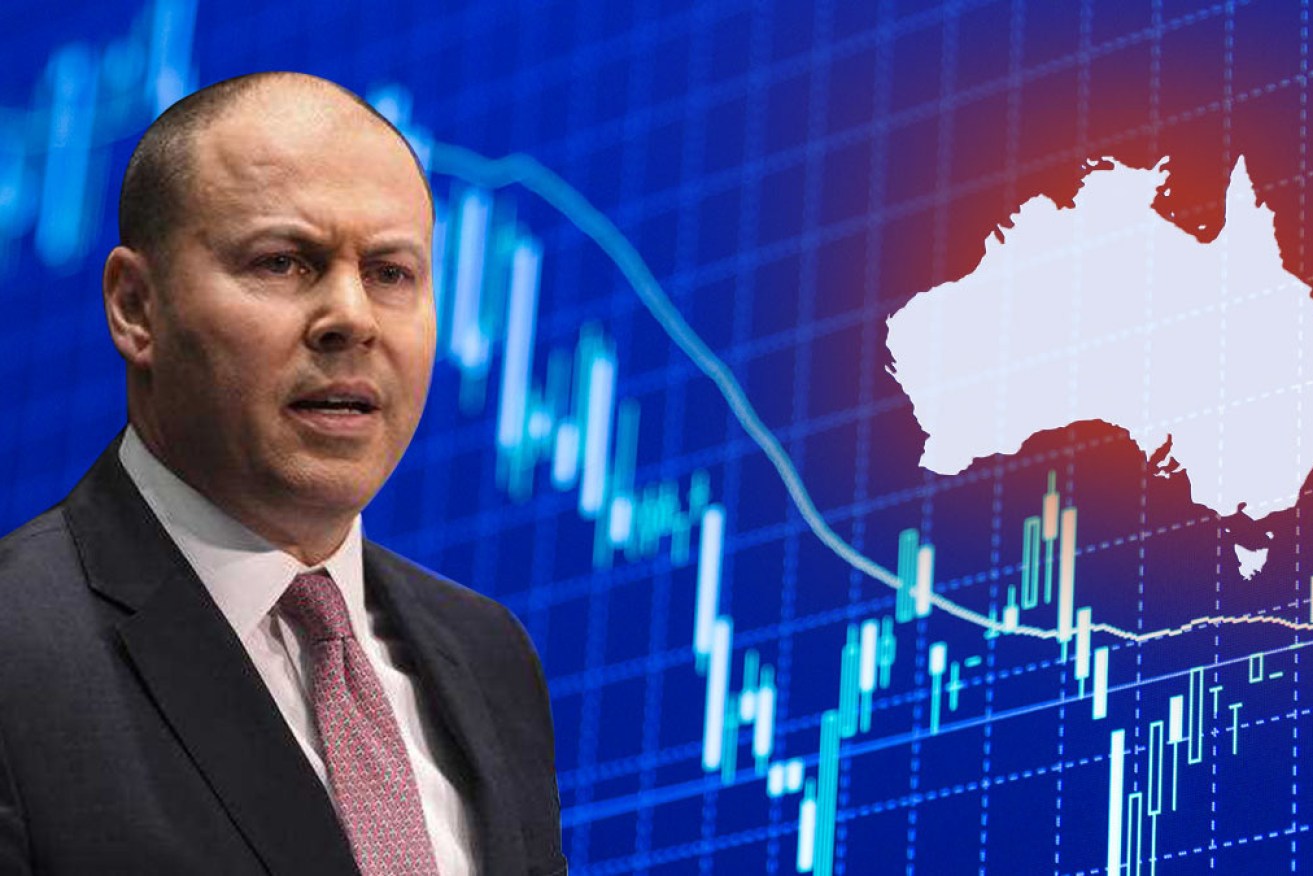
Australia has entered its first 'technical' recession for 29 years. But this time it's different. Photo: TND
The national accounts on Wednesday confirmed what everyone knew already: Australia is in a recession.
More than 600,000 people have lost their jobs as a result of the pandemic.
A further 750,000 have held onto their jobs but are working zero hours, and seven out of 10 businesses have suffered a drop in revenue.
Treasury and Reserve Bank officials have likened the scale of the economic destruction to the Great Depression of the 1930s.
But this time it’s different.
Although the economy was struggling even before COVID-19 – with wages flatlining and business investment tanking – this recession was triggered by a global pandemic, not a financial crisis or an interest rate hike.
Governments effectively put the economy into hibernation to contain the spread of the virus – closing cafes and restaurants, banning large public gatherings, and asking people to work from home.
Economies normally fall into recession gradually – slowly running out of momentum before succumbing to the vicious cycle of weak spending and job losses feeding into weaker spending and even more job losses.
This time around, business activity fell off a cliff.
Demonstrated by a series of graphs showing vertical drops, April saw record decline after record decline, as consumer confidence collapsed and whole industries ground to a halt.

Led by services, business activity plunged to a record low, according to CBA.
And other countries have suffered similar fates.
Such was the economic destruction wrought by the first wave of restrictions that the Reserve Bank forecast in April that national economic output would drop 10 per cent in the June quarter.
Governor Philip Lowe said the total number of hours worked across the economy would drop 20 per cent during that same period.
The result of both the restrictions and the uncertainty is that over the first half of 2020 we are likely to experience the biggest contraction in national output and income that we have witnessed since the 1930s,” Dr Lowe said at the time.
Fast forward five weeks, though, and the governor was more upbeat.
“With the national health outcomes better than earlier thought, it’s entirely possible that the economic downturn will not be as severe as earlier thought,” Dr Lowe told the Senate Committee on COVID-19.
But what happens next?
Past experience tells us the economy is unlikely to “snap back” to normal as the Prime Minister once suggested.
The unemployment rate took three years to climb 5 percentage points during the 1990-1991 recession, but seven years to fall back down.
And with the borders closed for the foreseeable future, the economy will have to get back on its feet without using population growth as a crutch.
Government support a must
“It’s going to be a prolonged situation getting back to normal,” said IFM Investors chief economist Alex Joiner.
“People are not going to go back to the way they did things. Savings rates will be a bit higher, people will have a lot of job uncertainty, income growth certainly won’t be there.
“So people can’t just go back to what they were doing in the fourth quarter of last year.”
Dr Joiner said the government should extend the JobSeeker and JobKeeper payments beyond their planned expiry date in September, as unemployment would take a long time to fall.
“I think the most broad support possible is probably the best. I don’t think policy should be aimed at picking winners,” Dr Joiner said.
He added that government would need to put forward additional stimulus down the track to encourage consumers to open their wallets when restrictions ease.
“Government should err on the side of providing too much support than too little, because what we want to do is try and get the unemployment rate down,” said Dr Joiner, adding the government could afford to do so given the $60 billion JobKeeper shortfall.
Long-lasting change
UTS industry professor and former ANZ chief economist Warren Hogan also said the government would need to provide ongoing support.
The prospect of a V-shaped recovery is unlikely, Professor Hogan added, as the economy on the other side of the crisis will look different to the one leading into it.
Some businesses and jobs will be lost forever, and the full extent of bankruptcies and lost output won’t be known for months.
“We’re going to get this stop-start recovery, and some people will mistake that for a V-shaped recovery – and that’s what’s happening in equity markets and what the optimists are pointing to,” Professor Hogan said.
But the reality is that what we have come the start of 2021 will be an economy greatly weakened by job losses and business failure, and a level of output that is still below where it was at the end of 2019.”
Professor Hogan said government would need to target support at areas struggling to recover, not withdraw JobKeeper and the higher JobSeeker payment too quickly, and also think about what the economy needs to look like in five to 10 years’ time to ensure a sustainable expansion.
“And I think we’ve got a much greater chance of [that targeted support] being meaningful now JobKeeper is costing $70 billion, not $130 billion,” he told The New Daily.
“The government is always going to want to be careful when it comes to increasing debts, but I think they will do the right thing.”
Angela Jackson, an economist with Equity Economics, said greater investment in training and education will also be crucial.

Skills investment was the centrepiece of Scott Morrison’s JobMaker speech. Photo: AAP
“The key risks for me are retail jobs, which I think won’t come back to the same extent, and the education sector, especially with international students not coming in,” Ms Jackson told The New Daily.
“And the other thing around education is upskilling and reskilling.”
Ms Jackson said the coronavirus had sped up the digitisation and automation of the economy and consequently changed the skills required by employers.
Now was the time to invest in those skills, she said.
“So that when the economy recovers, people can get the new jobs that will hopefully be created,” Ms Jackson said.






